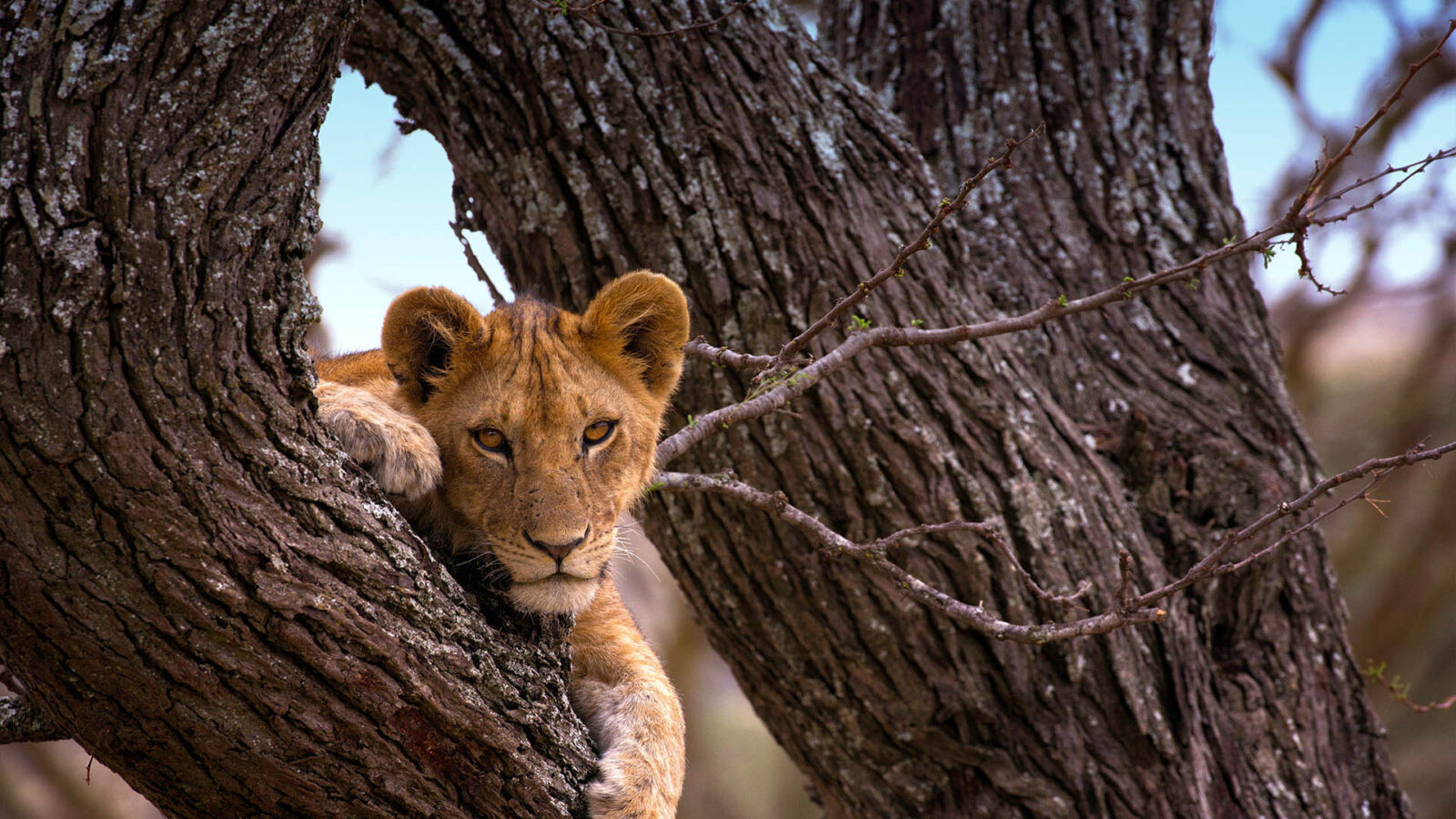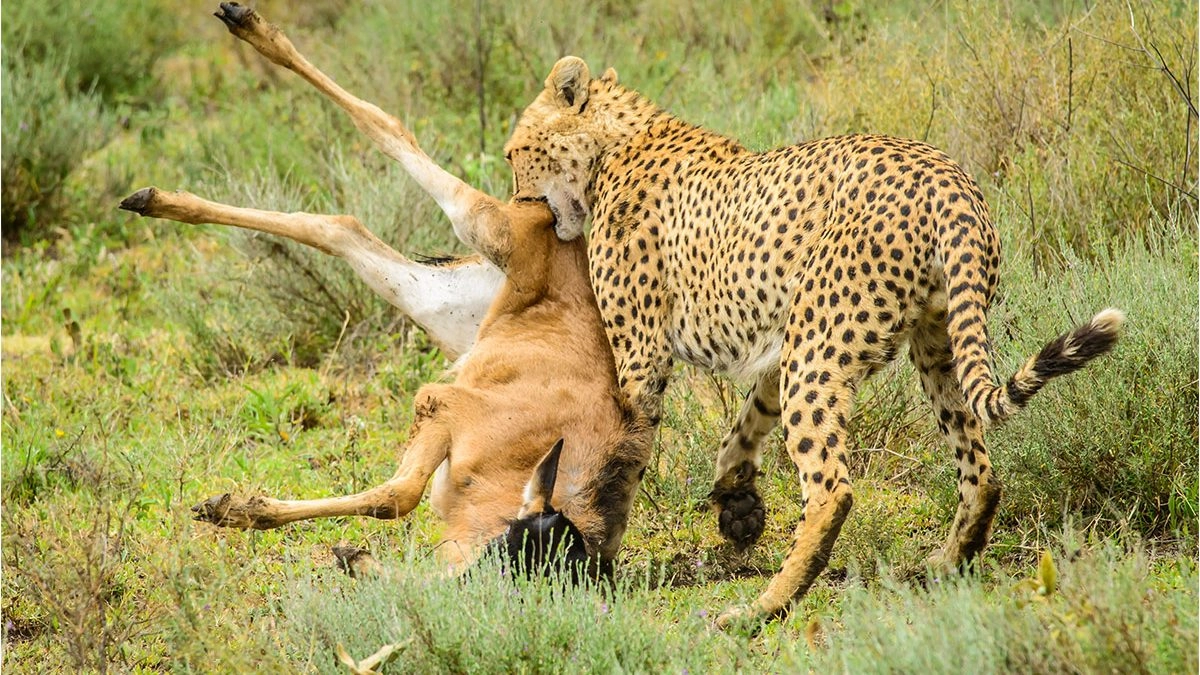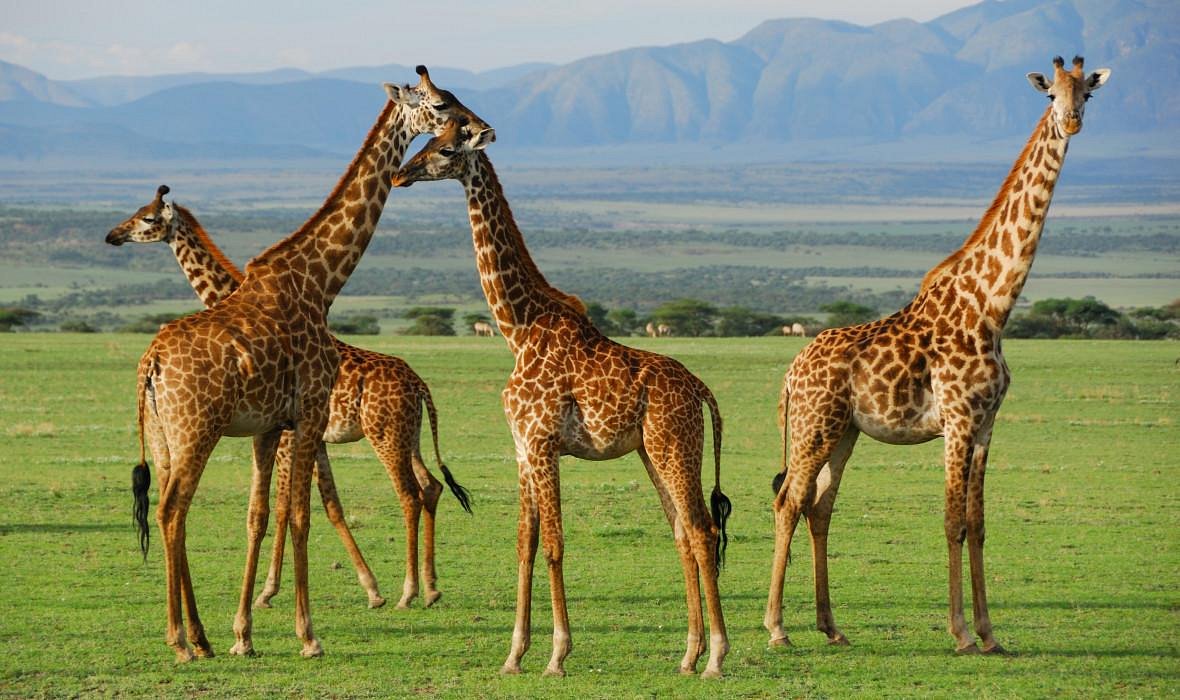
Serengeti National Park— Guide
Serengeti National Park – The Eternal Plains of Africa
Few places on Earth capture the essence of wild Africa quite like Serengeti National Park. Stretching across 14,700 square kilometers of northern Tanzania, this UNESCO World Heritage Site is the stage for nature’s greatest drama — the Great Wildebeest Migration — and a sanctuary for some of the planet’s most iconic wildlife. Its name comes from the Maasai word Siringet, meaning “endless plains,” and it’s easy to see why. The Serengeti’s boundless grasslands, acacia-dotted horizons, and golden sunsets seem to stretch into infinity, embodying the very soul of Africa.
The Serengeti isn’t just a destination; it’s a feeling — a timeless wilderness where life moves to nature’s rhythm, and where every sunrise begins a new chapter in an ancient story of survival.
The Great Wildebeest Migration – Nature’s Grandest Spectacle
Every year, more than 1.5 million wildebeests, joined by zebras and gazelles, set out on a relentless journey across the Serengeti in search of fresh grazing lands. This is the Great Migration, the largest and most dramatic movement of animals on Earth.
The migration follows a circular path:
December to March: Calving season in the southern Serengeti, where thousands of newborn wildebeests take their first steps — and predators lurk nearby.
April to May: Herds move northwest as the plains dry, covering vast distances in one of the world’s great natural pilgrimages.
June to July: The Grumeti River crossings test their endurance, with crocodiles waiting in the muddy depths.
July to October: The migration reaches the Mara River in the north — a dramatic and perilous crossing shared with Kenya’s Maasai Mara.
November: The herds return south, completing a cycle that has continued for millennia.
No matter when you visit, the Serengeti’s abundance ensures unforgettable wildlife encounters — but to witness the migration is to see Africa at its most raw and spectacular.
A Kingdom of Wildlife
Beyond the migration, the Serengeti hosts one of the highest concentrations of large mammals on the planet. It is the home of the Big Five — lions, leopards, elephants, rhinos, and buffaloes — along with countless others.
Wildlife Highlights:
Lions: Over 3,000 lions rule the Serengeti, often seen lounging on kopjes (rocky outcrops) or hunting at dawn.
Leopards: Graceful and elusive, they are often spotted draped over acacia branches in the central plains.
Cheetahs: The open grasslands are perfect for these speed masters, frequently seen chasing gazelles.
Elephants and Buffaloes: Massive herds roam freely across the park.
Rhinos: Found mainly in the northern reaches near the Ngorongoro boundary.
Hippos and Crocodiles: Abundant in rivers and pools, especially near Seronera and the Mara River.
The Serengeti also shelters over 500 bird species, including the secretary bird, Kori bustard, and lilac-breasted roller, making it a paradise for birdwatchers and photographers alike.
The Landscapes – A Living Canvas
The beauty of the Serengeti lies not just in its animals but in its sheer variety of landscapes — each one telling a different story of Africa’s wild heart.
Central Serengeti (Seronera Valley): The park’s most famous area, known for year-round wildlife and frequent predator sightings.
Western Corridor: Defined by the Grumeti River and seasonal migration crossings.
Northern Serengeti: Remote and rugged, it’s where the Mara River crossings occur, attracting dramatic scenes of survival.
Southern Plains: Open grasslands that come alive during calving season, dotted with thousands of newborns and stalking predators.
Eastern Serengeti: Quieter and ideal for off-the-beaten-path game drives.
Together, these regions form a living masterpiece — each season painting new colors across the Serengeti canvas.
Activities in Serengeti National Park
The Serengeti is an endless adventure, offering more than just traditional game drives.
1. Game Drives:
Morning and evening drives offer unparalleled opportunities to witness hunting lions, grazing herds, and dramatic sunsets over the plains.
2. Hot Air Balloon Safaris:
Float silently above the Serengeti at sunrise, watching herds of elephants and wildebeests move across golden landscapes. It’s one of the most breathtaking experiences in Africa.
3. Walking Safaris:
Guided bush walks with expert rangers provide an intimate connection to the land — tracking footprints, learning about plants, and seeing smaller wildlife often missed by vehicles.
4. Birdwatching:
With its diverse habitats, the Serengeti attracts species from the open savannah to riverine forests — perfect for enthusiasts and photographers.
5. Photographic Safaris:
The park’s light, drama, and abundance make it one of the best photography destinations in the world. Specialized guides help capture those once-in-a-lifetime moments.
The Maasai People – Custodians of the Land
The Maasai, the semi-nomadic people of the region, have shared this land with wildlife for centuries. Visiting a Maasai village near the Serengeti offers insights into their culture, traditions, and deep respect for the natural world.
Their vibrant attire, rhythmic dances, and ancient wisdom enrich the safari experience, reminding visitors that the Serengeti is not only a wildlife sanctuary but also a cultural landscape.
Best Time to Visit Serengeti National Park
The Serengeti offers spectacular wildlife viewing year-round, but timing your visit can enhance specific experiences:
June to October: Dry season and peak time for the Great Migration’s dramatic river crossings.
December to March: Calving season in the southern plains — ideal for predator sightings.
April to May: Green season — lush, quiet, and perfect for photography.
Each period brings a different side of the Serengeti — from intense predator action to tranquil, emerald vistas alive with life.
Getting There
The park is easily accessible by road or air. Most safaris start from Arusha, the gateway city to northern Tanzania.
By road: About 7–8 hours’ drive from Arusha, passing through the scenic Ngorongoro Highlands.
By air: Regular charter flights connect Arusha, Kilimanjaro, and other national parks to Serengeti’s airstrips — Seronera, Kogatende, and Grumeti.
Accommodation – From Wild Luxury to Bush Simplicity
The Serengeti offers a range of lodges and camps to suit every traveler’s style:
Luxury Camps: Elegant tented lodges like those in the Grumeti or Mara regions, offering fine dining and panoramic views.
Mid-range Lodges: Comfortable camps in Seronera and the central region, perfect for daily game drives.
Mobile Camps: Seasonal tented camps that move with the migration, allowing you to stay close to the herds.
Each option provides a front-row seat to the drama of the wild, from roaring lions at night to sunrise coffee on your veranda.
Conservation and Legacy
The Serengeti is more than a park — it’s a vital ecosystem protected through decades of conservation. Anti-poaching initiatives, community partnerships, and eco-tourism projects help safeguard its fragile balance.
By visiting responsibly, travelers contribute directly to protecting this living wonder, ensuring that future generations can witness the same wild freedom that defines the Serengeti today.



